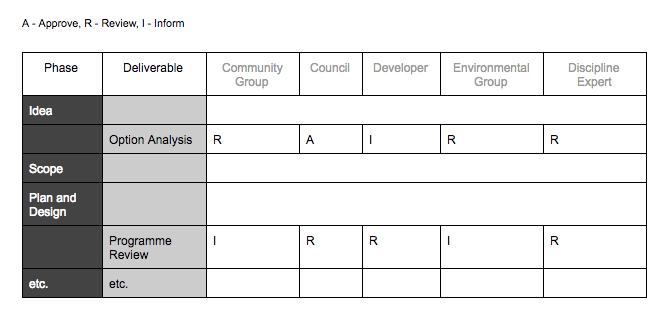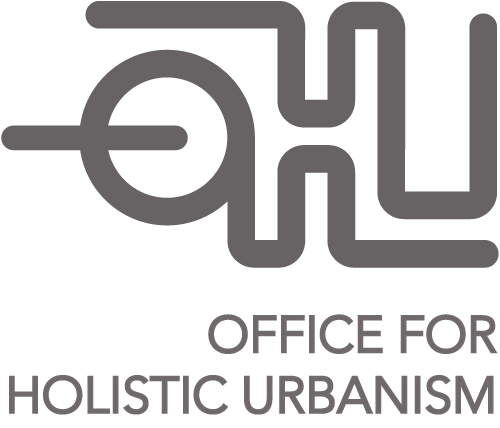Tool: Weaving Your Community
Keeping the community engaged and at the centre of the development progress through planned communication and listening
TOOL
To ensure community engagement throughout your project, the community needs to be weaved into every aspect and phase of your development.
This is an outline of the main points to consider when structuring your community consultation and integration, ensuring communication is clear and perceived well by the community at the centre of your project. Open and regular communication builds trust and supports the collective achievement of shared goals. This guide has been developed through reflection and learning from Ohu’s very own projects. Key considerations:
Define Project Purpose - Have clear understanding of project objectives, the community you are serving, the projects vision, mission and purpose and key message. Ensure you have the right people and knowledge to support these objectives and that they guide you throughout your project.
Identify Social Landscape - Define your community leaders; typically a mix of community non-profit groups, business, resident associations, community board, council representative, cultural groups etc. Set-up a comprehensive database to help manage them.
Listen and Refine - Ensure you respect all people and all ideas. Follow up with groups and reflect on the success of the communication so far; did these groups feel informed on who is involved and what the project consists of, do they feel listened to and appreciated.
Determine form of Communication and Tools - Identify the tools you will use to communicate and listen to the community. Create a toolkit that takes into account all people affected and their demographic, ensuring correct language for different groups. Tools can include social media, community newsletters, presentations, websites, face to face events and many other forms. Supporting this is data collection and traditional forms of communication.
Plan for Collective Success - Make sure to consider what is happening in the community already and understand local government/community long term plans. Identify areas of risk and how this would affect your community, put mitigations in place to avoid these. Risks can include planning/building restrictions and/or opposition that could derail the project.
Additional useful resources:
A simple tool to aid in the formal communication processes is a communication table:

For more on form and communication techniques, see the linked resource below; a useful guide on how to lead with values and inclusivity:
Leading with Values and Inclusivity
If you require further assistance ensuring your community development is serving your community well, see Ohu Community Led Development too and Community Consultation and Participation service or get in contact.
